10 everyday products that are getting smaller — but not cheaper
Shrinkflation is quietly reshaping grocery aisles across the U.S. From cereal boxes to cleaning supplies, brands are selling less for the same price
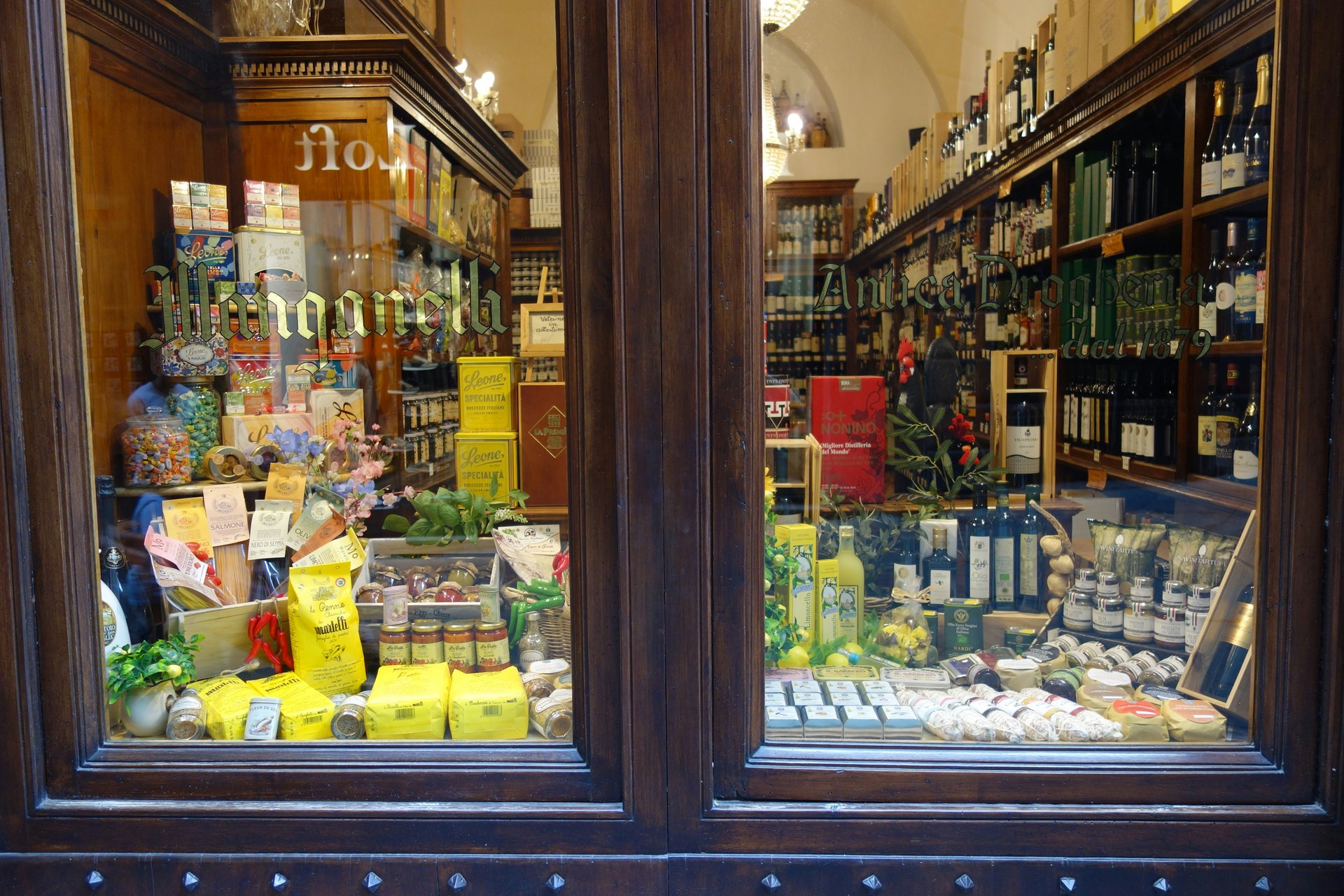
If you feel like your grocery bill is still high even as your shopping cart gets lighter, you’re not imagining things.
A growing number of everyday household items are undergoing what analysts call “shrinkflation," where brands reduce package size or quantity while maintaining (or even raising) the price. According to Investopedia and The Guardian, this trend continues even as overall inflation cools.
The change is supposed to be subtle: You pay the same amount, but you receive less product, and often the unit-price jump is hidden in plain sight.
A recent Consumer Protection Journal analysis shows multiple examples of jars, tubs, and cases where ounce counts quietly dropped. For consumers looking to budget, these shifts matter. They also undermine unit-cost transparency and erode purchasing power.
Here are 10 everyday items where shrinkflation is already in action.
2 / 11
Cookie packages
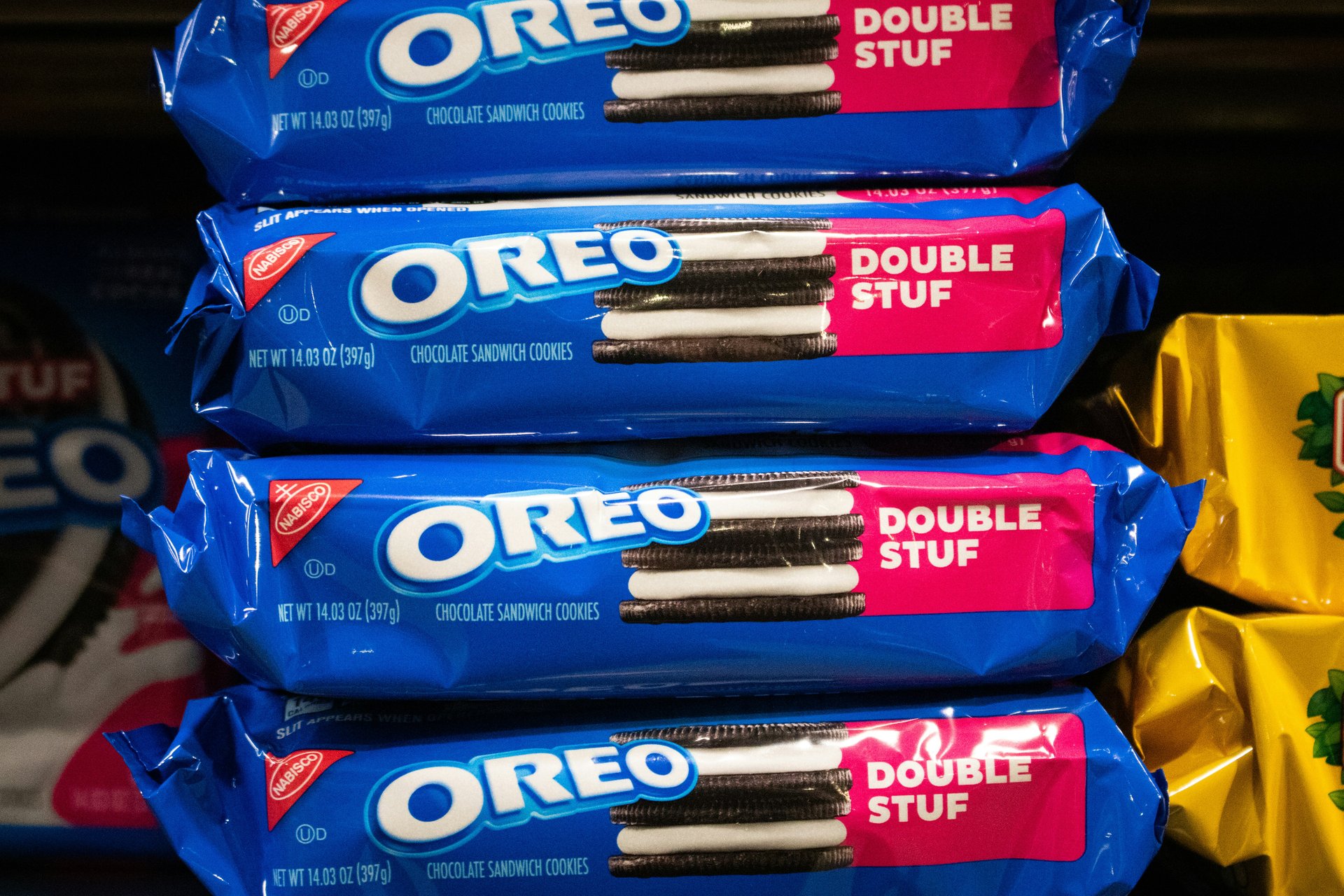
Zoshua Colah / Unsplash
Many versions of packaged cookies have dropped from 15 ounces to 13 – 14 ounces with little change in price, according to the Consumer Protection Journal. The packaging often looks identical, and the change isn’t always flagged in bold text. Over time, the savings loss can add up because you’re paying the same and getting fewer servings.
3 / 11
Paper towel and toilet paper rolls

Claire Mueller / Unsplash
According to Investopedia, paper towels have gone through downsizing with fewer sheets per roll, but similar pricing. For example, a “mega roll” might now offer 123 sheets instead of 135, while staying at the same price. Households buy these staples regularly, so the cumulative cost increase via shrinkflation can become significant.
4 / 11
Breakfast cereal boxes
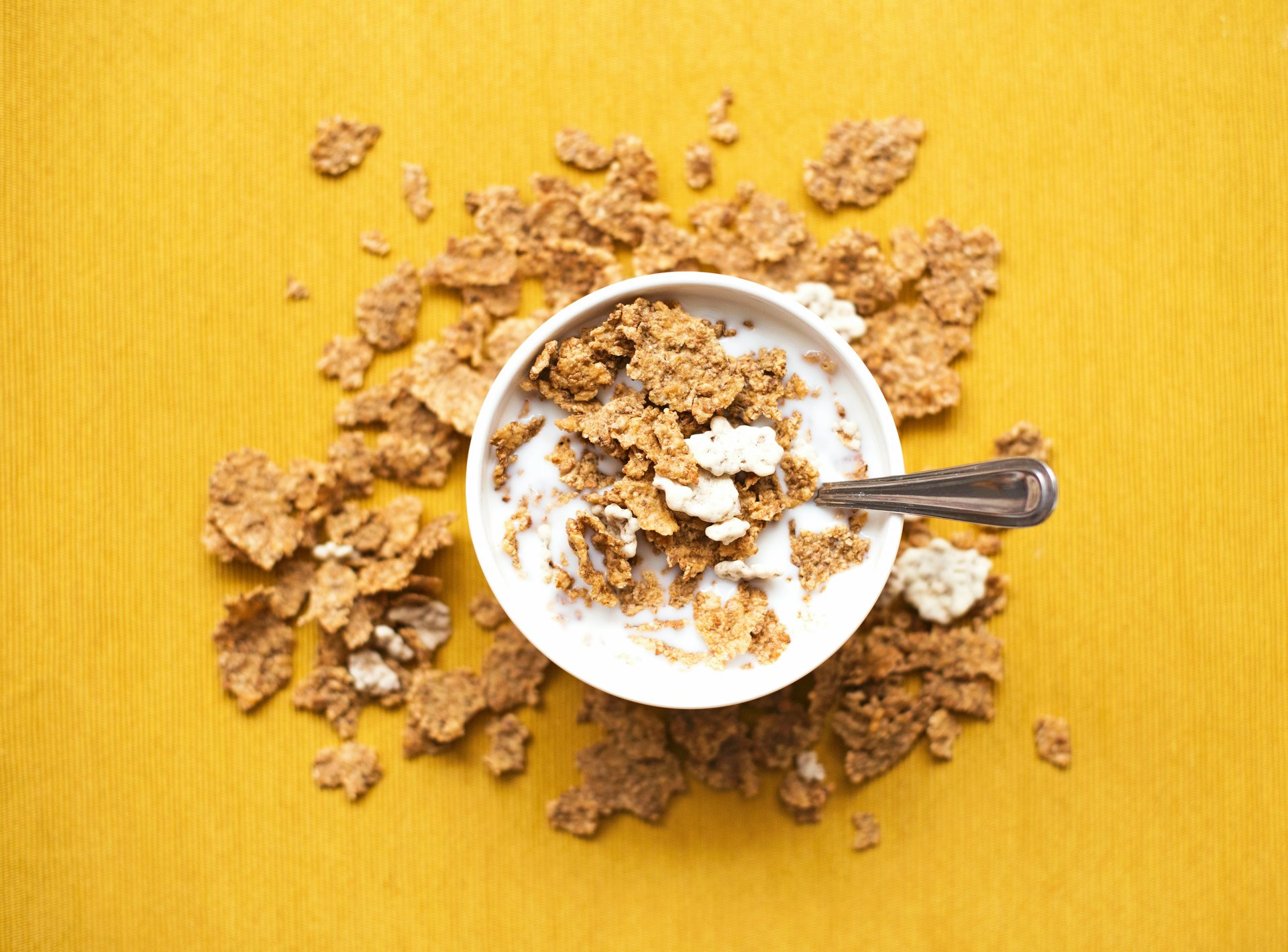
Nyana Stoica / Unsplash
Cereal boxes represent a classic shrinkflation case. As observed by Capital One and Investopedia, some family-size cereal boxes have shrunk from 19.3 ounces to 18.1 ounces while leaving the price unchanged. For families buying multiple boxes weekly, the effective per-ounce cost rises without obvious price hikes.
5 / 11
Laundry detergent bottles

Annie Spratt / Unsplash
Multipacks and “big size” detergent bottles have quietly reduced fluid ounces while maintaining retail price, according to Mouse Print tracking. One example shows a standard 64-ounce bottle reduced by 14 ounces and still labeled “100 loads.” Since many consumers treat detergent as a fixed category, the shrink becomes a stealth price increase.
6 / 11
Orange juice
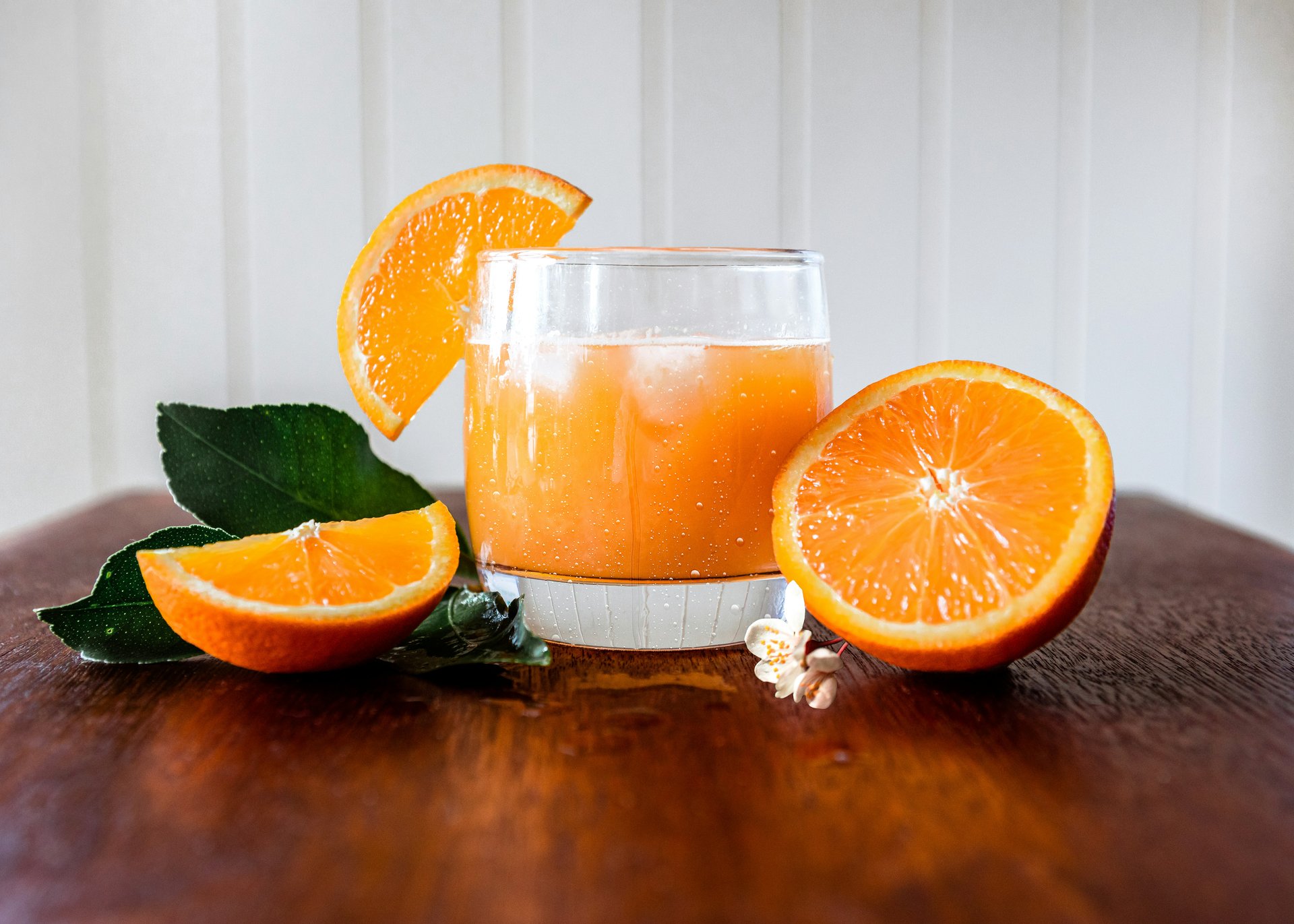
Sandie Peters / Unsplash
Brand-name orange juice, such as Simply Orange, has undergone multiple size cuts in recent years. In some cases, the container shrunk from 64 ounces to 46 ounces, while prices remained stable or even increased, reports Mouse Print. While some brands frame it as sustainability (less packaging = less waste), the math still adds up to fewer ounces for the same cost.
7 / 11
Chip bags
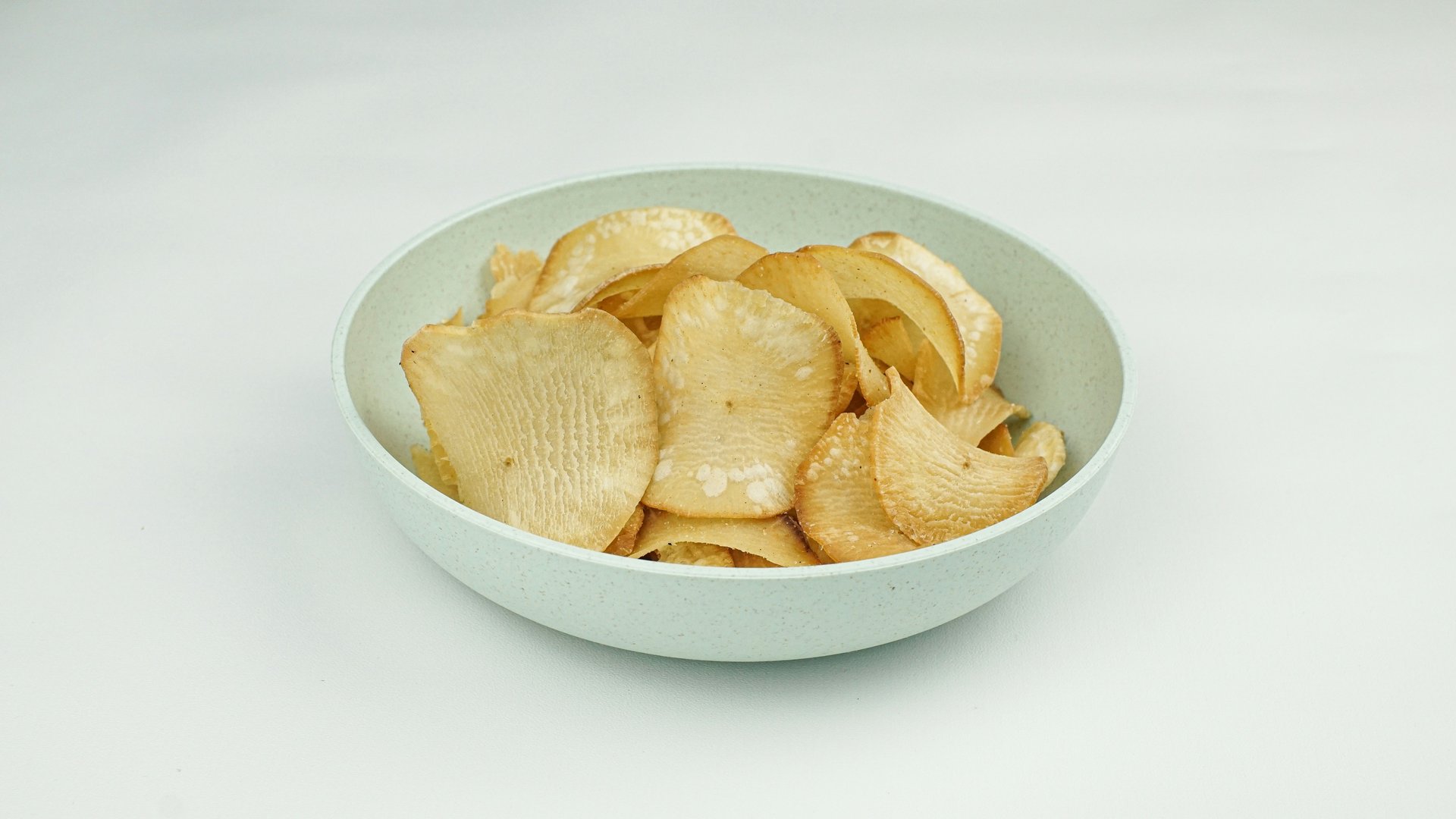
Zulfahmi Al Ridhawi / Unsplash
As detailed by Investopedia, snack brands have cut bag sizes while maintaining or raising prices, effectively increasing cost per ounce. One example: bags of chips that were previously 9.75 ounces are now 9.25 ounces at the same price. Since snack purchases are often impulse-driven, the higher per-unit cost may go unnoticed until sales suffer.
8 / 11
Dog food and pet feed
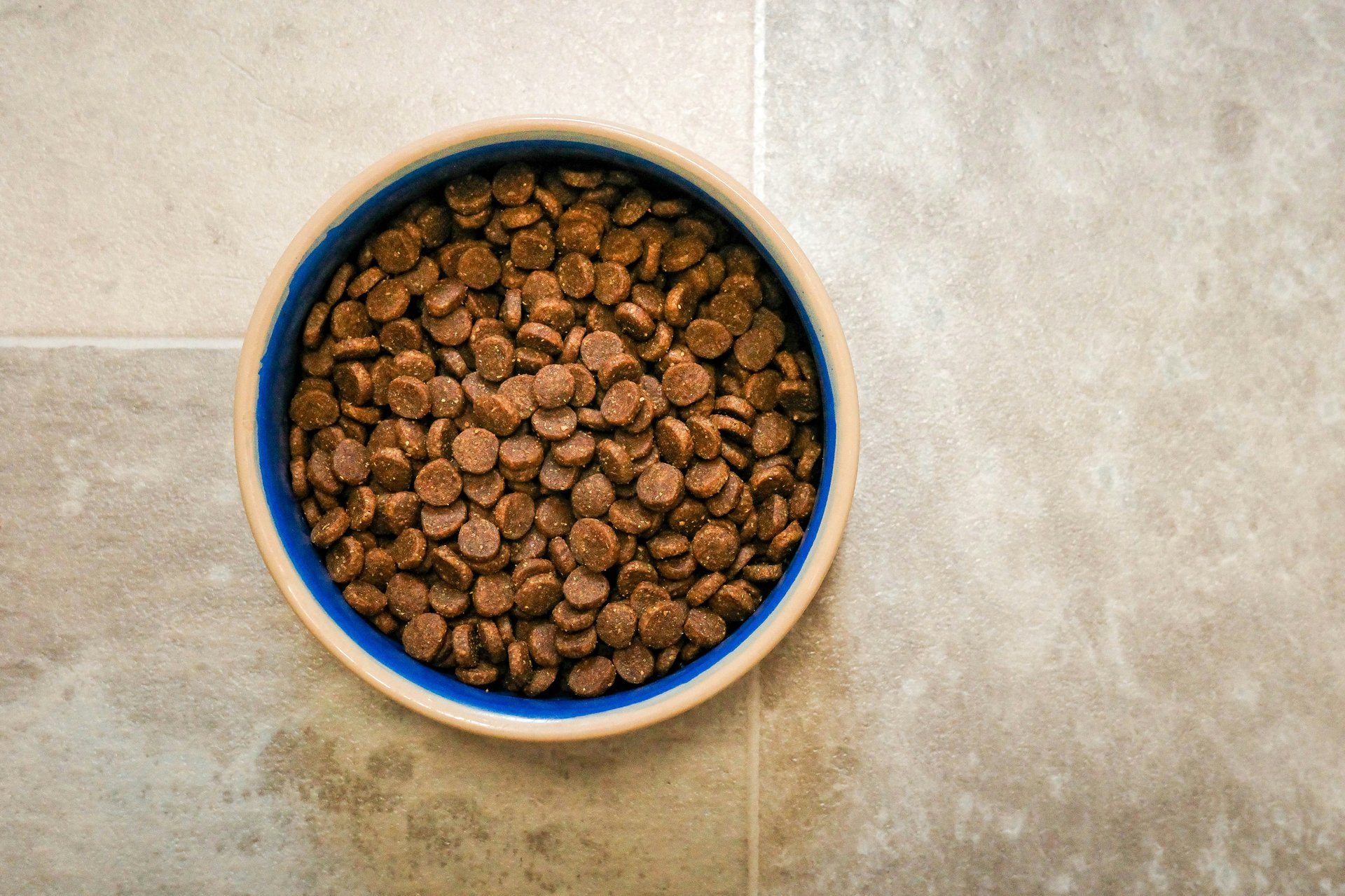
David D Angelo / Unsplash
Shrinkflation isn’t just for humans. Capital One indicates that pet food bags have shrunk by as much as 9 ounces, (down from 45 oz to 36 oz), while maintaining or increasing price per bag. Pet owners may still buy based on bag price instead of unit cost, unintentionally paying more.
9 / 11
Coffee bags and pods
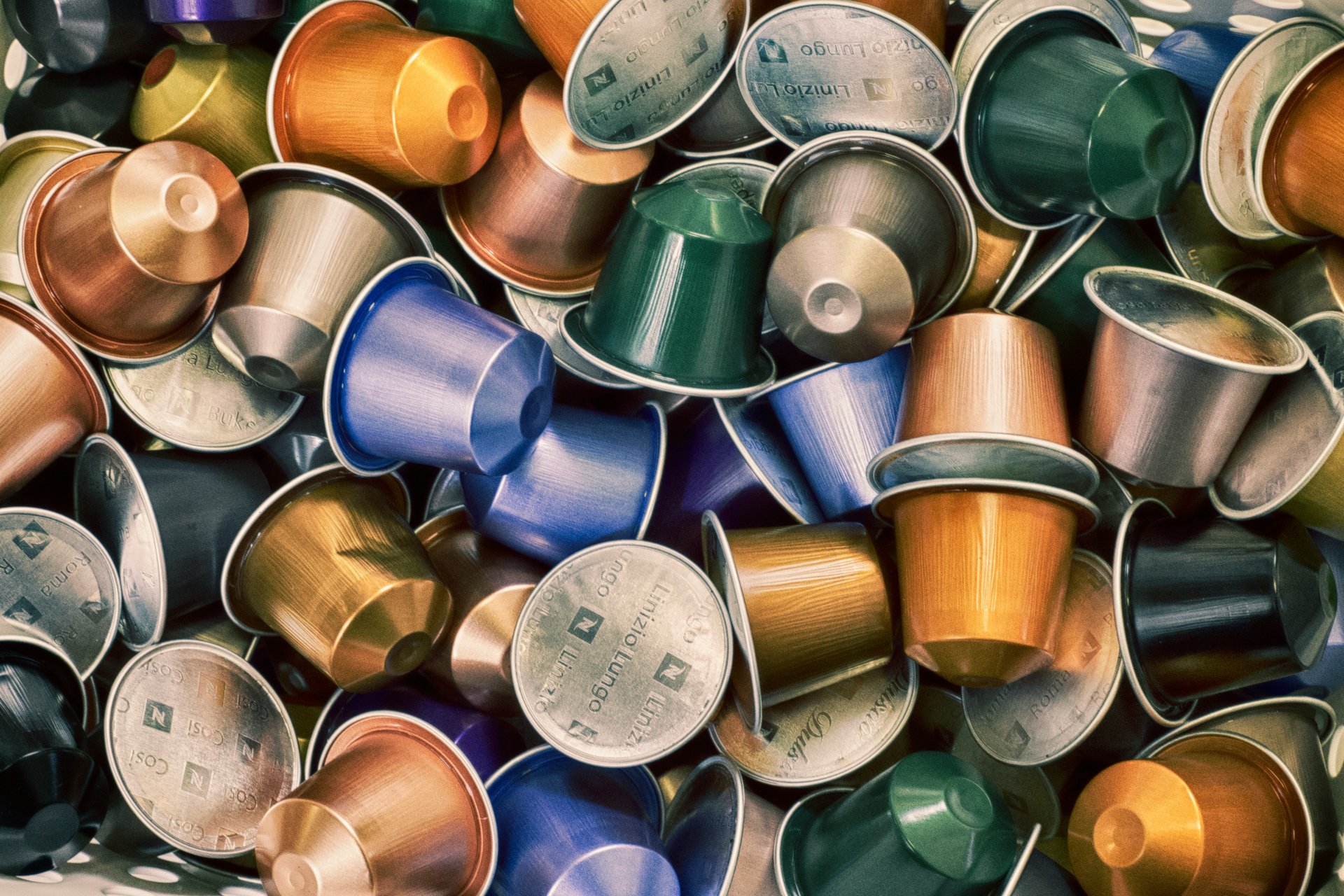
Jisu Han / Unsplash
According to Investopedia, coffee packages and pods have been reduced in size while remaining at the same retail price, upping the cost per serving. Since coffee is habitual, many consumers don’t immediately register the change. Over time that means your morning cup could cost more than you think.
10 / 11
Chocolate and candy multipacks
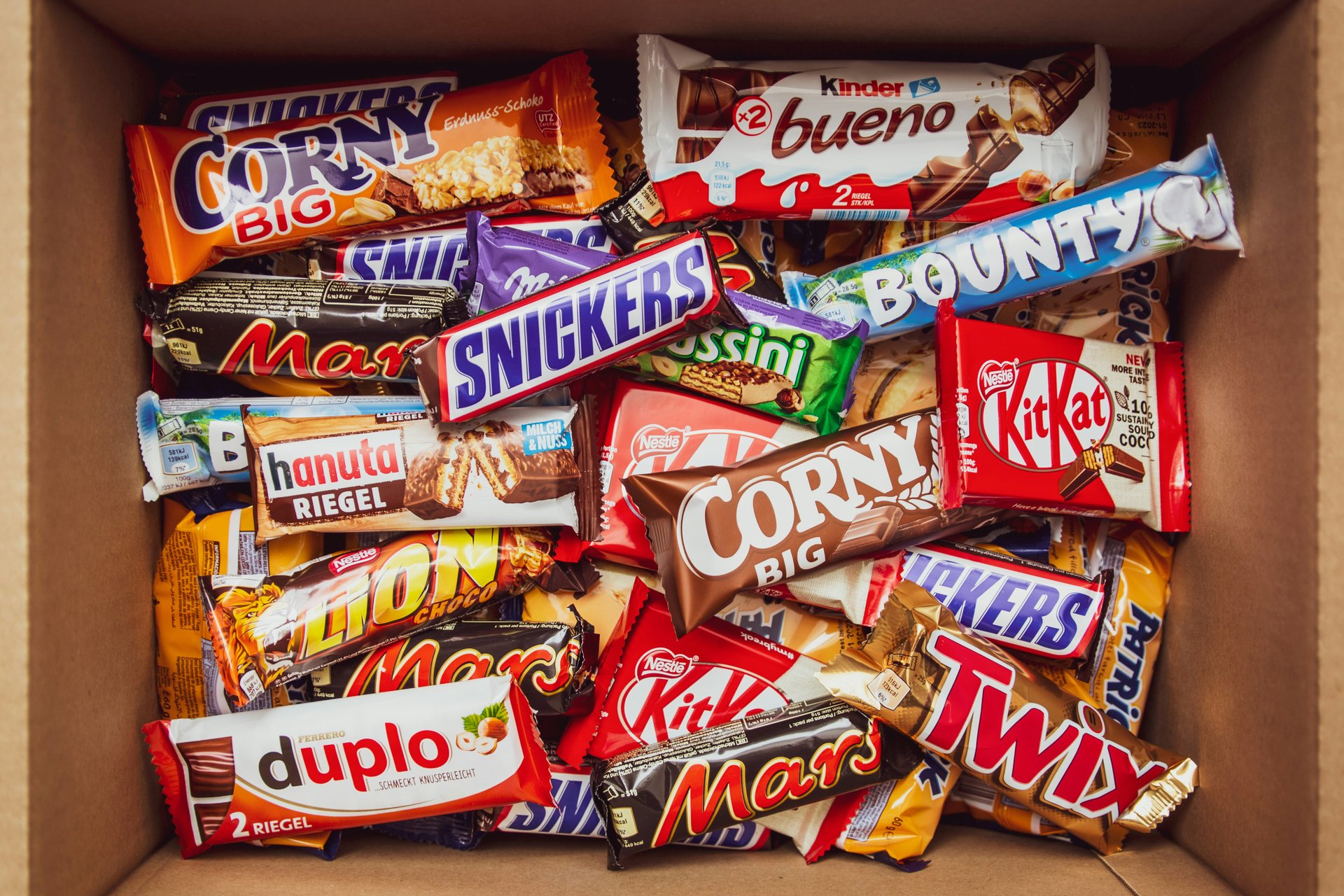
Denny Muller / Unsplash
Candy bars and chocolate tubs are frequent victims of shrinkflation. A Guardian report notes tubs of chocolate dropped from 600g to 550g while prices increased, reflecting a 27% increase per 100g for the same brand. Candy purchases often happen in larger bundles, so the unit-price rise can be substantial.
11 / 11
Household cleaning supplies

Vitaly Gariev / Unsplash
Cleaning product sizes show consistent shrinkage while prices hold, according to Yahoo News. For example, packages of wipes falling from 75 to 70 count at a steady price represent a hidden price hike. Since cleaning supplies are part of a recurring budget, the impact is cumulative.
